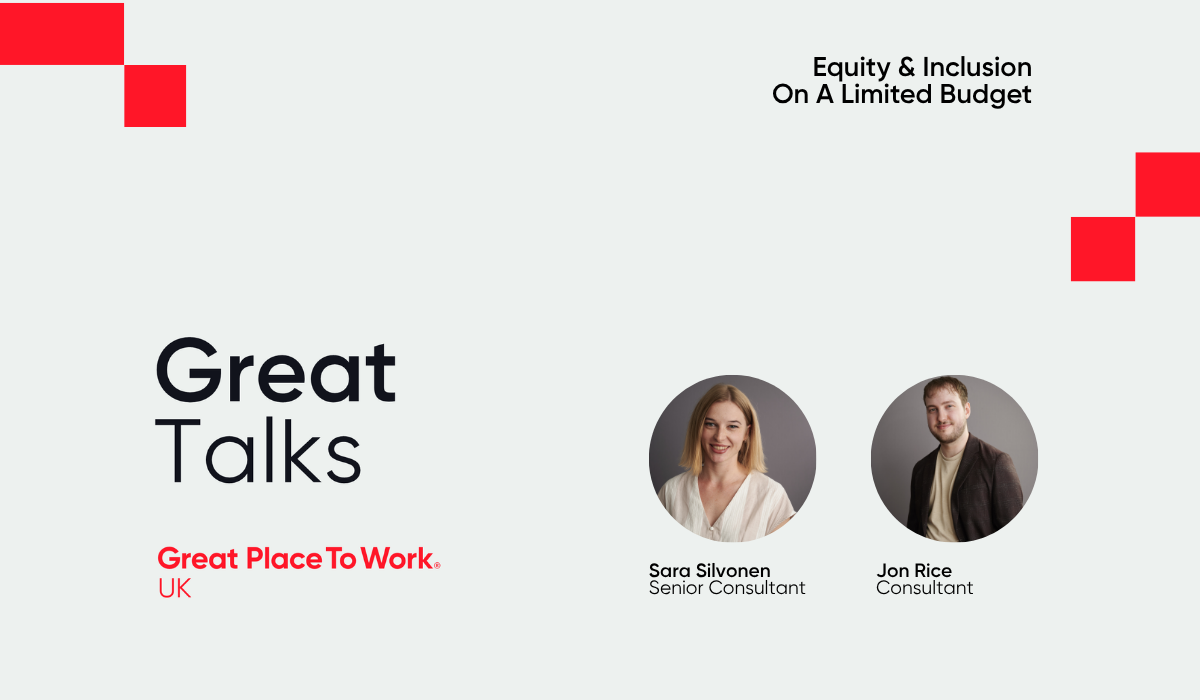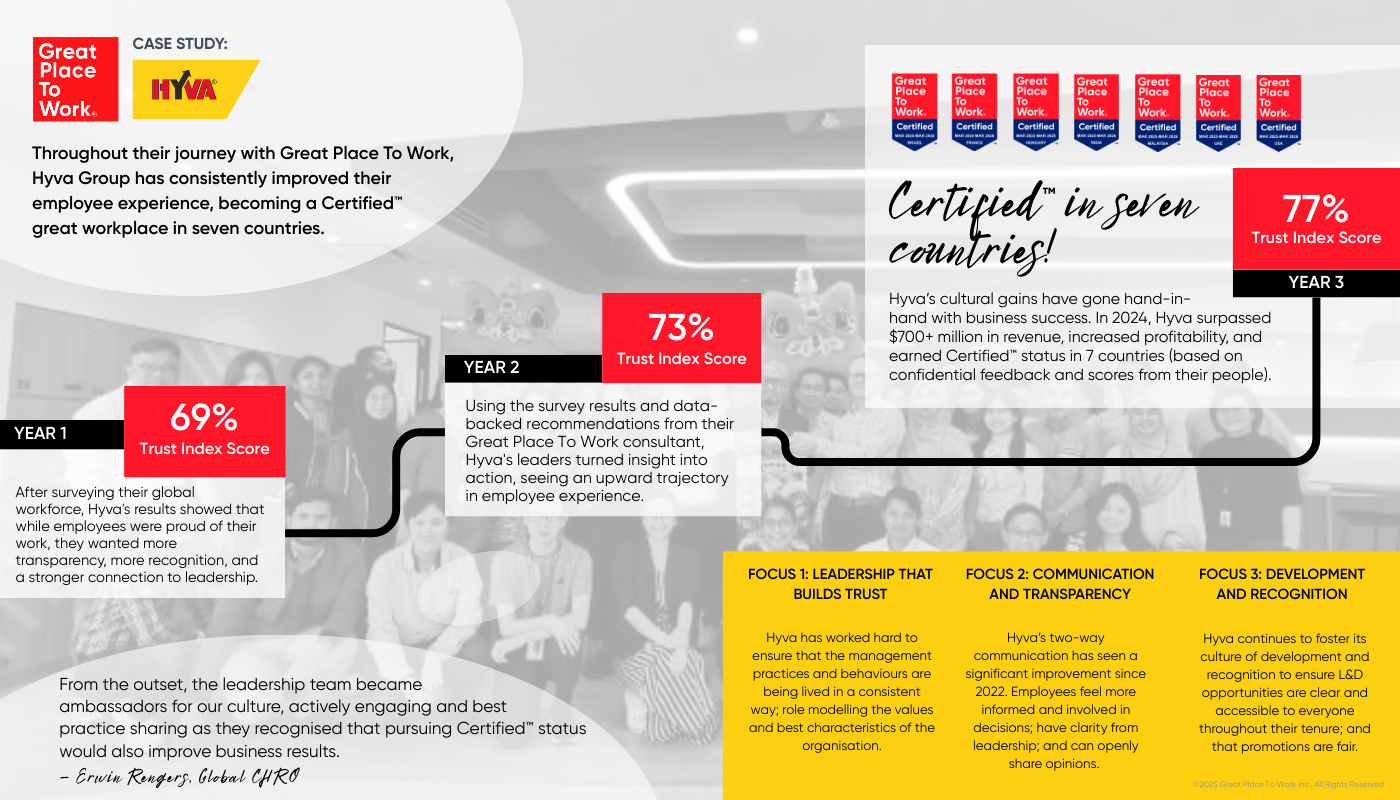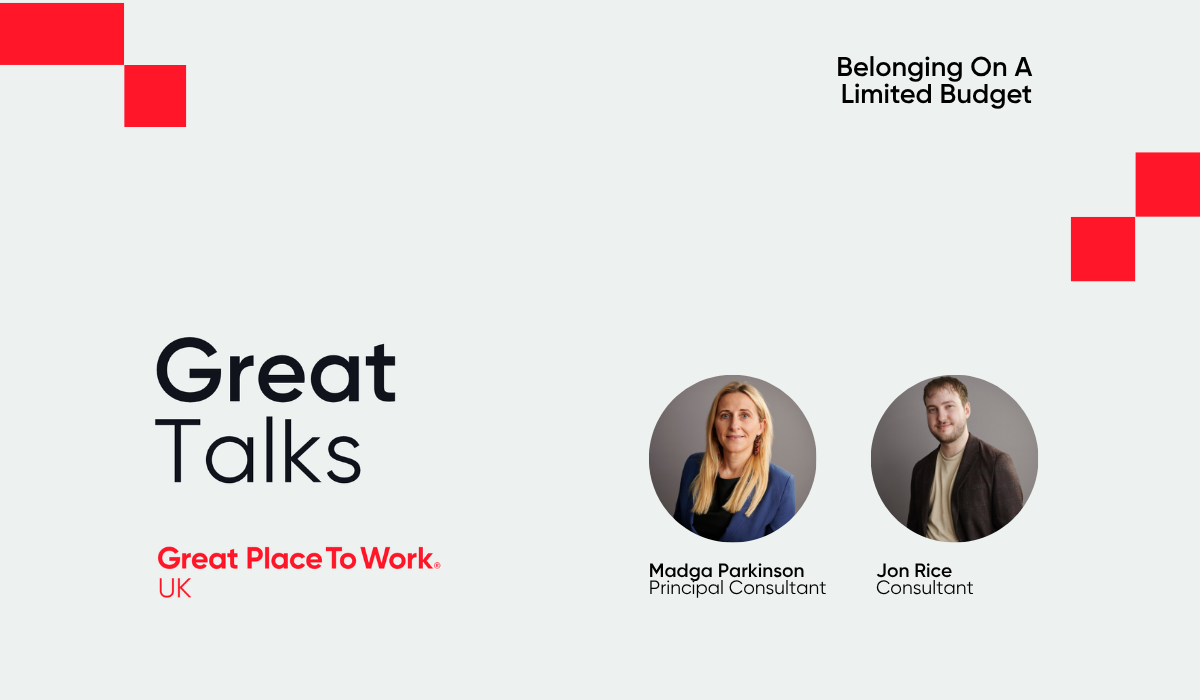One of the aspects of diversity that has historically been overlooked in the workplace is neurodiversity. The term refers to differences in neurocognitive function - or, to put it simply, the way people think. Neurodiverse individuals include those with autism, ADHD, dyslexia, dyspraxia and more. This group represents more than 10% of the population and can bring a multitude of strengths and skills to an organisation.
Why is neurodiversity inclusion important?
It's no secret that a diverse workforce brings a wide spectrum of experiences, backgrounds and ways of thinking to the table - and that is perhaps especially true of a neurodiverse workforce.
What used to be thought of as medical conditions that needed to be cured or managed, are now beginning to be recognised as natural variations in neurocognitive function. The fact that neurodiverse people quite literally think differently means that their perspective can be invaluable when it comes to problem solving, analytical thinking and more.
Even aside from the benefits they can bring to an organisation, neurodiverse individuals deserve to feel accommodated, supported and comfortable in the workplace just the same as any other employee. Many of the challenges these individuals face come from navigating a world which was not designed for them, but for 'neurotypical' brains - which is why it's so critical to create an inclusive workplace.
Why wait?
It's important to remember that neurodiverse staff are not always known to employers - these conditions are hidden, and many have learnt to 'mask' their behavioural traits in order to fit in. This means it's vital to have accommodations in place, even if you don't know for certain that there are neurodiverse individuals in your organisation.
As well as this, even amongst neurotypical people there is a lot of natural variation in cognitive function, which means that anything you put in place to support neurodiverse colleagues will probably help the rest of your staff too.
| Useful Read: How an Inclusive Culture Drives Business Success
How to Support Neurodiversity in the Workforce
1. Educate
As always, it starts with education. Neurodiversity is a subject many people will not be familiar with, and only by first training staff to understand it can you create a truly inclusive environment. All staff - but particularly line managers - should know the term and what it entails. If neurodiverse individuals feel understood, they will naturally feel more comfortable disclosing and asking for accommodations.
2. Make your hiring process accessible
The job application and interview process is daunting for everyone, but can be especially so for neurodiverse applicants. Autistic individuals, for example, may struggle to maintain eye contact or be less confident when speaking. Those with ADHD may be overwhelmed if given masses of information verbally. Not all neurodiverse people will need the same accommodations, so the key is to give applicants the opportunity to tell you what they need in a supportive, welcoming environment.
3. Communication is key
Many of the issues neurodiverse staff face when navigating the working environment stem from communication. Differences in the ways our brains work mean that the way we communicate is different too. Ellie Middleton, an Autistic and ADHD activist and content creator, swears by the "what by when" method. Clearly communicating what exactly you need and by when is, she says, "the simplest way to give neurodivergent friendly instructions."
For all staff - neurodivergent or not - it can be helpful to share how they prefer to communicate. Some will react better to hopping on a video call, and some to written instructions. This could be shared privately with managers, or included in an email signature or status update.
4. Be flexible
There's been widespread recognition in recent years that the rigidity of spending 9 to 5 working in an office is not for everyone. Expecting everyone to thrive in the same working environment and on the same schedule is increasingly being acknowledged as absurd.
ADHD individuals often find 'body doubling' - working alongside someone else - can boost productivity, and so may benefit from going into the office. Those with autism, on the other hand, may prefer a quiet environment to concentrate in. One of the best things you can do for your neurodiverse staff is to allow them to decide their own schedule and choose where they want to work.
5. Listen
Ultimately, there's no way for us to list every accommodation neurodiverse staff may need. Every individual is different - diversity is the name of the game here! That means that creating an environment where employees feel able to open up about what they need on an individual level should be the main aim.
How Best Workplaces Do It
-1.png?width=262&height=218&name=Untitled%20design%20(21)-1.png) We're proud to recognise organisations that are ahead of the curve when it comes to neurodiversity - like SAP, whose Autism at Work scheme "provides support to candidates on the spectrum during the hiring process, and offers a variety of resources to facilitate the success of the employee once they are on the job."
We're proud to recognise organisations that are ahead of the curve when it comes to neurodiversity - like SAP, whose Autism at Work scheme "provides support to candidates on the spectrum during the hiring process, and offers a variety of resources to facilitate the success of the employee once they are on the job."
Discover the ROI of a thriving, inclusive workplace culture in Dr. Alex Edmans' keynote on How Employee Satisfaction Fuels Financial Performance. Watch now.
-1.png)








